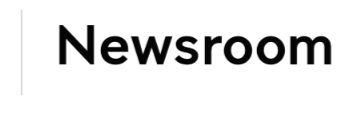Reasons for declining maths performance don't add up, say researchers
Differences in educational practices between Victoria and NSW could explain declines in Australian students’ mathematics performance in international test scores, according to research led by UNSW.


